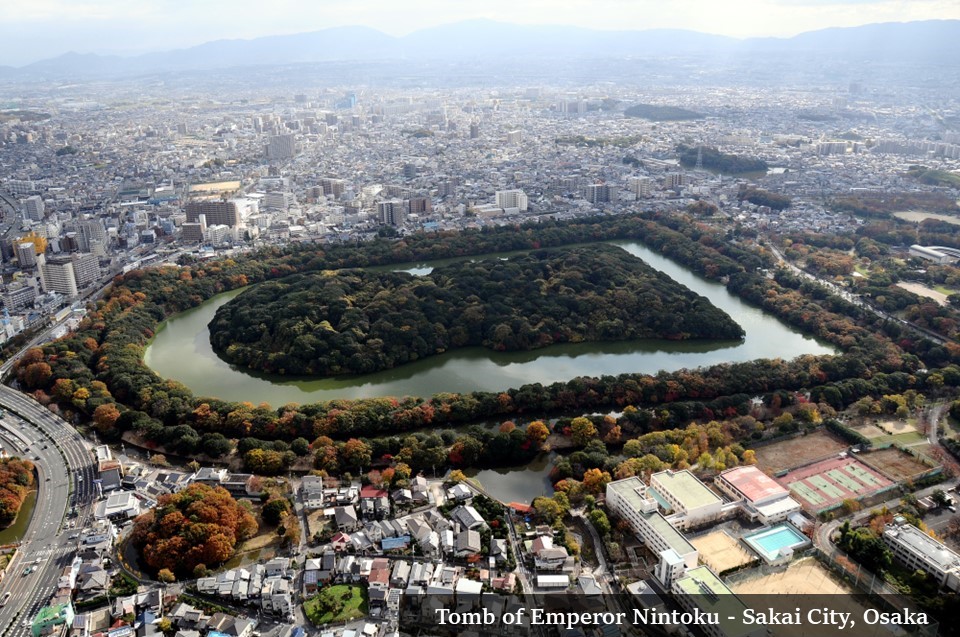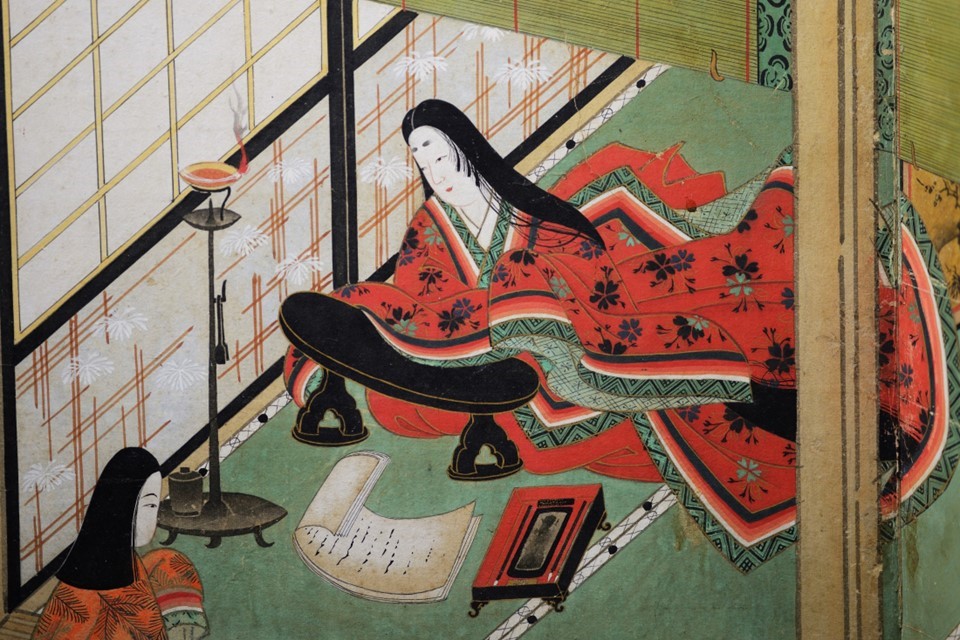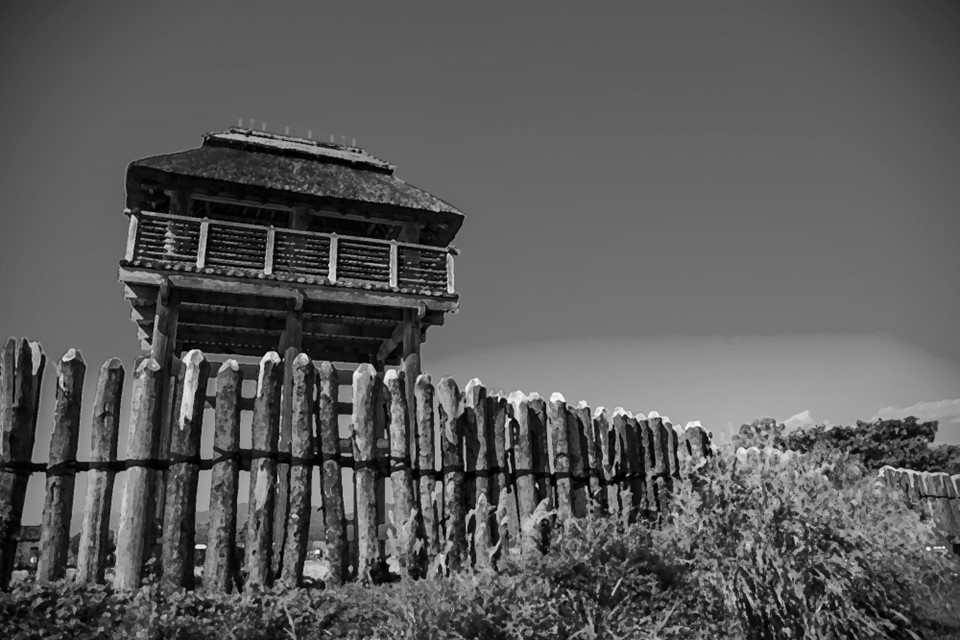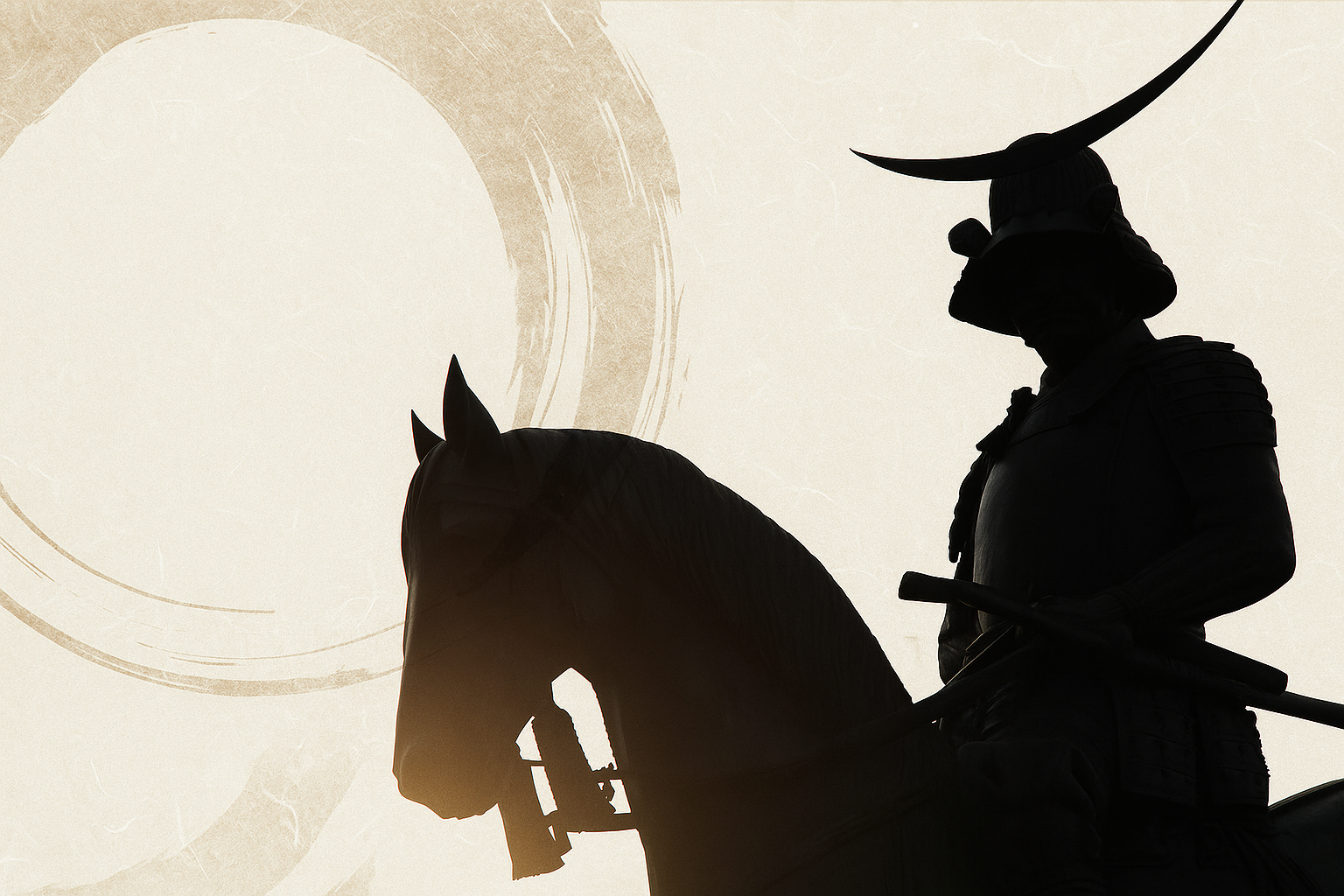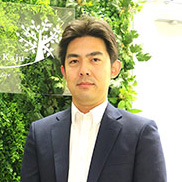The World’s Oldest and Longest-Reigning Dynasty
Today, the Emperor is regarded as “the symbol of the state” (according to the Constitution), but historically, the Emperor was Japan’s sovereign. Compared globally, the Japanese Imperial Family is the world’s oldest monarchy, its dynasty has lasted the longest, and some ancient imperial tombs are among the world’s largest.
Japan’s Imperial Family in a Global Context
- Oldest royal family in the world
- Longest-lasting dynasty in history
- Tombs of ancient emperors among the world’s largest
The Imperial Family’s history is unparalleled, and it continues to this day. The current Emperor is the 126th since Emperor Jimmu, who is said to have ascended the throne in 660 BCE. According to historical texts like the *Kojiki* and *Nihon Shoki*, the Imperial Family has a history spanning over 2,600 years. While the 660 BCE date is not academically verified, even from the first historically confirmed emperor, the lineage has continued for over 1,500 years and more than 100 generations.
Has Japan Always Been Ruled by Imperial Descendants?
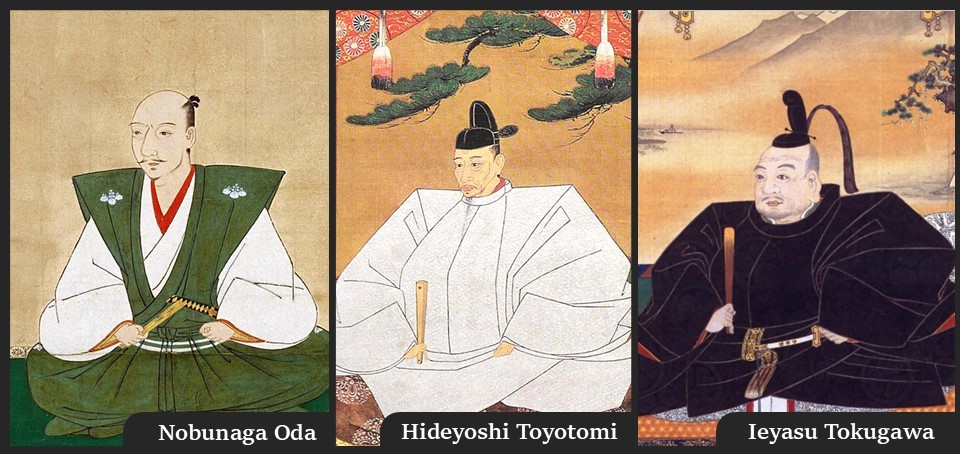
Notable rulers in Japanese history, such as Taira no Kiyomori of the Heian period, Minamoto no Yoritomo of the Kamakura shogunate, and Ashikaga Takauji of the Muromachi shogunate, were all verified descendants of emperors. The powerful Fujiwara clan was not direct imperial descendants, but they remained close relatives for over 1,000 years. Even the Tokugawa shogunate, which ruled during the Edo period, claimed descent from the Imperial Family. In this sense, Japan has always been governed by the Emperor’s descendants.
The Imperial Family as the “Main Household” of Japan
It is often said that tracing one’s Japanese ancestry ultimately leads back to the Imperial Family. In this sense, the Imperial Family can be considered the “main household” of Japan. But how far back can we trace their roots?
Theories on the Origins of the Imperial Family
Scholars have different theories regarding the first historically verifiable emperor:
- Emperor Jimmu (711–585 BCE) as the first historical figure
- Debate over the existence of the 2nd to 9th emperors (*keshi Hachidai*)
- Emperor Sujin (148–30 BCE) as the first historically confirmed emperor
- Emperor Ōjin (201–310 CE) as the first verified emperor
- Emperor Yūryaku (418–479 CE) as the first confirmed emperor
- Emperor Keitai (450–531? CE) as the first reliably recorded emperor
There is still much debate about the Imperial Family’s origins, but regardless of scholarly disputes, the family has existed for at least 1,500 years and remains a deeply ingrained part of Japanese history and culture.
Why Has the Imperial Family Endured for So Long?
As the Novelist Seichō Matsumoto noted in *The Solitude of the Deified Emperor*,
many powerful figures in Japanese history could have replaced the emperor but did not. The question remains: why did they not seize the throne? There is no definitive academic explanation.
As the saying goes, it is a difficult question to explain why the Emperor family has lasted so long. However, there seems to be more than one reason.
Japan Was Never Conquered by Foreign Powers
Many royal families worldwide were destroyed due to foreign invasions, especially in regions connected by land. In Japan, the Battle of Baekgang (663 CE) was one of the few major foreign threats, but the Imperial Family was never overthrown by an external force.
The Emperor Was Considered a Descendant of the Gods
Japanese rulers and citizens long believed that the Emperor was a direct descendant of the gods who created Japan. This belief legitimized imperial rule and reinforced the idea that Japanese people were all connected to the Imperial Family. Throughout history, Japan’s rulers maintained the emperor’s authority rather than overthrowing him, using his status to justify their governance.
The Relationship Between the Japanese People and the Emperor
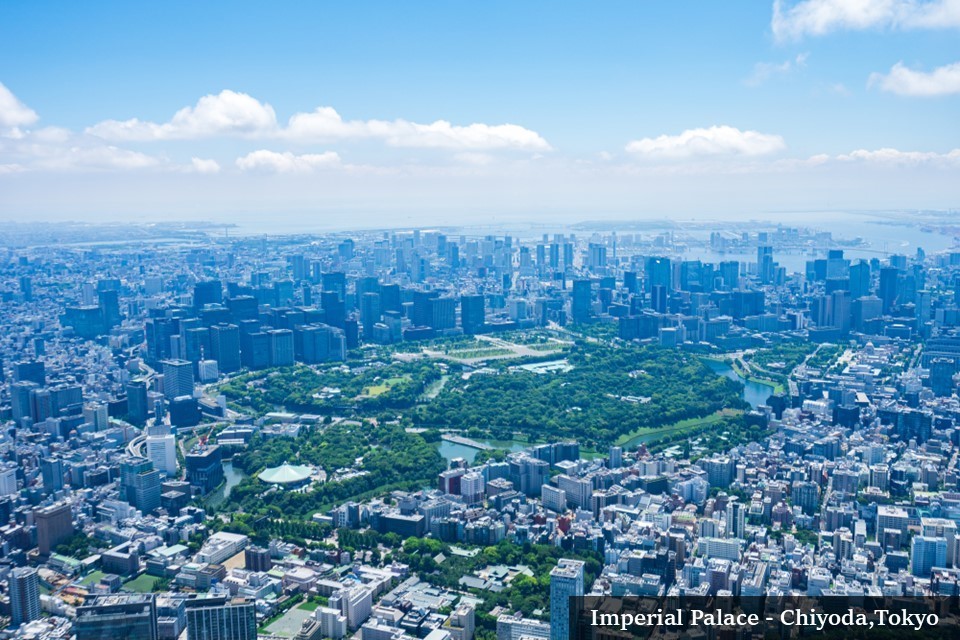
How many Japanese people today are related to the Imperial Family? Historically, many false genealogies were created, and after the Ōnin War (1474), many daimyō (feudal lords) with uncertain origins emerged. Thus, precise records are lacking.
However, if one considers both paternal and maternal lineage, nearly all Japanese people can be said to have some ancestral connection to the Imperial Family. In this way, the Imperial Family remains a close yet distant part of Japanese identity—a true “main household” of Japan.
Due to historical record limitations, it is almost impossible to *prove* a direct lineage to the Imperial Family. However, serious genealogical research may uncover connections. For those with Japanese heritage, tracing your ancestry can offer a deeper appreciation of Japan’s long history and cultural legacy. If you are interested, consider exploring your family’s past.
Request a Free Consultation


